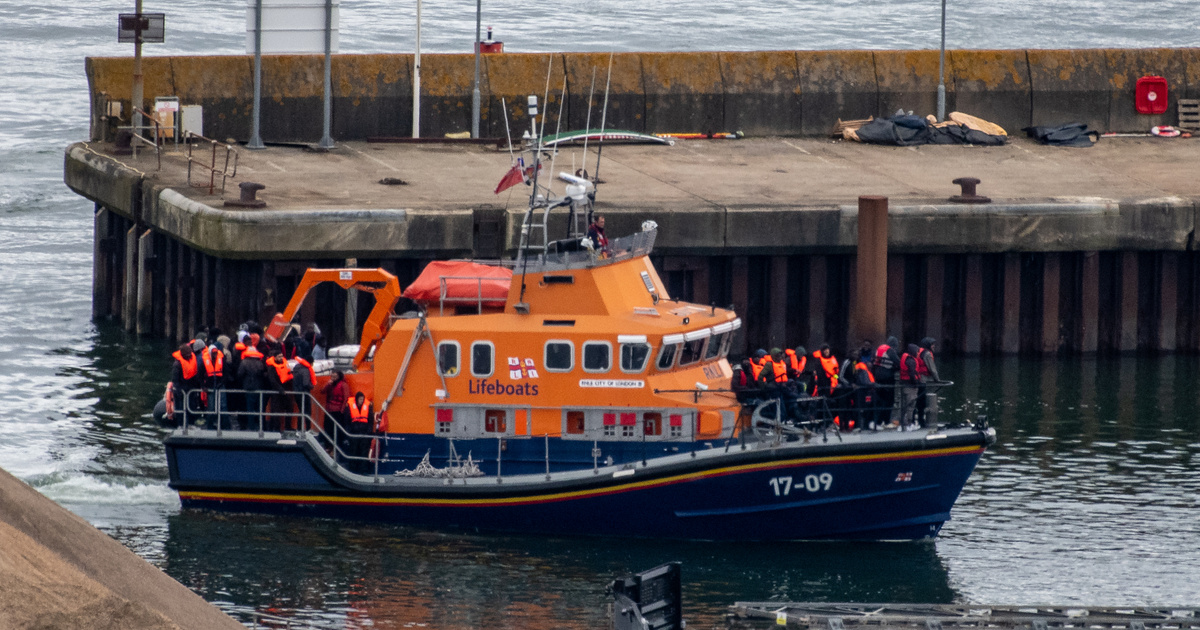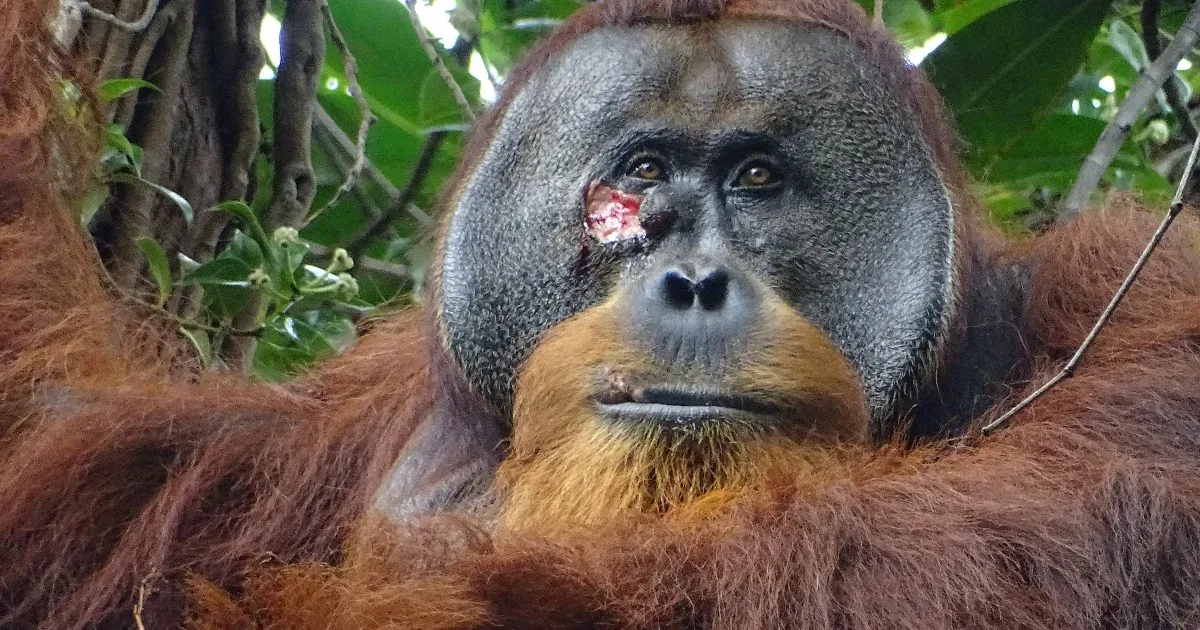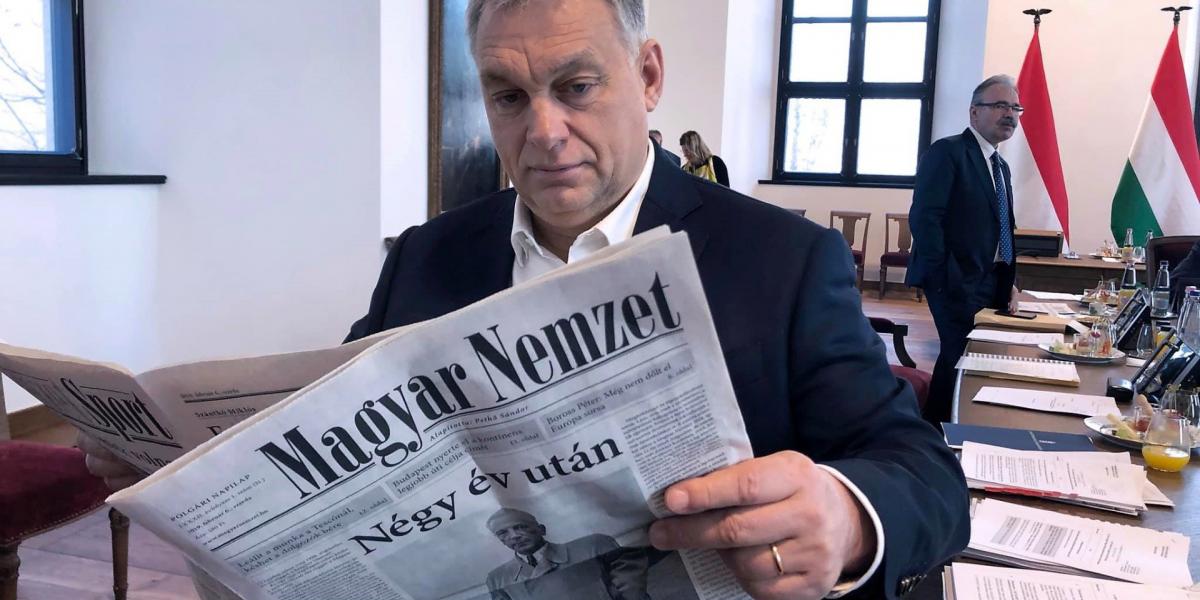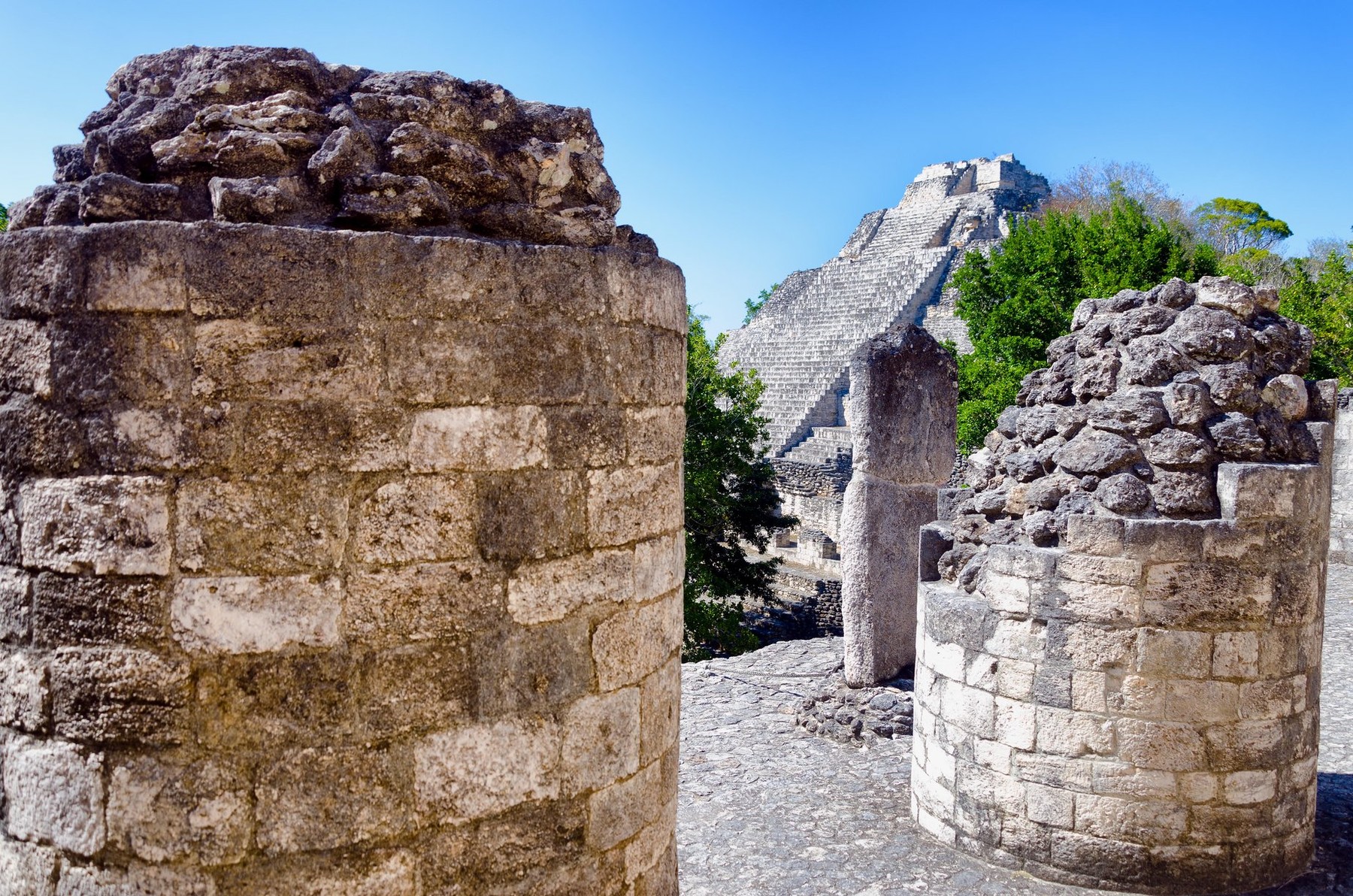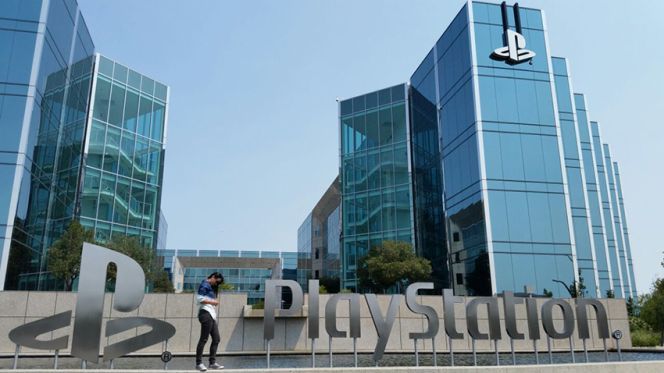The moon is shrinking, causing landslides and moonquakes where NASA wants to build its first lunar colony.
The Moon has been shrinking slowly but noticeably for millions of years, writes A Live sciences. Now as Artemis 3 approaches its 2026 launch date, geologists are concerned about whether moonquakes and lunar landslides will affect the landing.
When selecting manned landing sites on the Moon, mission planners must consider several lunar parameters. (This applies to upcoming Artemis missions and even potential permanent lunar settlements.) For example, the shape of the terrain can determine the mission, and large amounts of buried water are likely to make a site more attractive than its drier counterparts. However, now, according to geologists, lunar earthquakes and lunar landslides must also be taken into account.
There is no denying that geological changes occur on the Moon.
As scholars emphasize, this is no longer an academic question. Researchers studying the moon's south pole — which is near the planned landing site of Artemis 3, which will touch Earth in 2026 — have identified fault lines that slid and caused a major lunar earthquake about 50 years ago.
During some Apollo missions, astronauts carried seismometers with them. On March 13, 1973, a particularly strong lunar earthquake shook these seismometers from the general direction of the Moon's south pole. Decades later, the Lunar Reconnaissance Orbiter spacecraft flew over Antarctica and discovered a network of fault lines. Using new models, researchers linked these fractures to the lunar earthquake.
The research also expands the picture of what lunar earthquakes generally look like. In principle, they are like earthquakes. Both are caused by displacement fractures. In the case of the Moon, wrinkles formed on the Moon's surface during contraction.
But why the hell is the moon shrinking?
Well, this is mainly because the Moon's interior has cooled over the past hundreds of millions of years. Scientists say it resembles the shrinkage of a raisin, which helps you visualize the formation of wrinkles.
Furthermore, the Moon's surface is much less dense than Earth's. It often consists of loose particles that can be thrown and scattered by impacts. As a result, lunar earthquakes are more likely to trigger landslides than earthquakes.
As the day approaches when human shoes set foot on the moon again, concerned people should consider the possibility that the ground beneath their shoes may not be as stable as they hope, researchers say. According to the researchers' model, for example, the walls of Shackleton Crater, famous for its ice, are vulnerable to landslides.
“As we approach the launch date of the crewed Artemis mission, it is important that the astronauts, equipment and infrastructure are as safe as possible,” geologist Nicholas Schmer, one of the researchers, said in a statement. “This work will help us prepare for what awaits us on the Moon – whether that's designing structures that are more resistant to lunar seismic activity or protecting people in truly dangerous areas.”
Worth reading:






